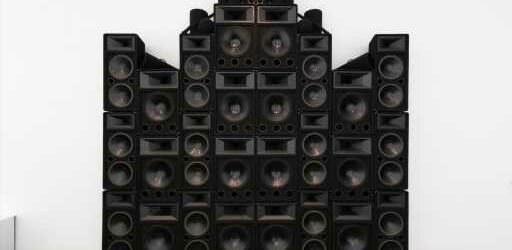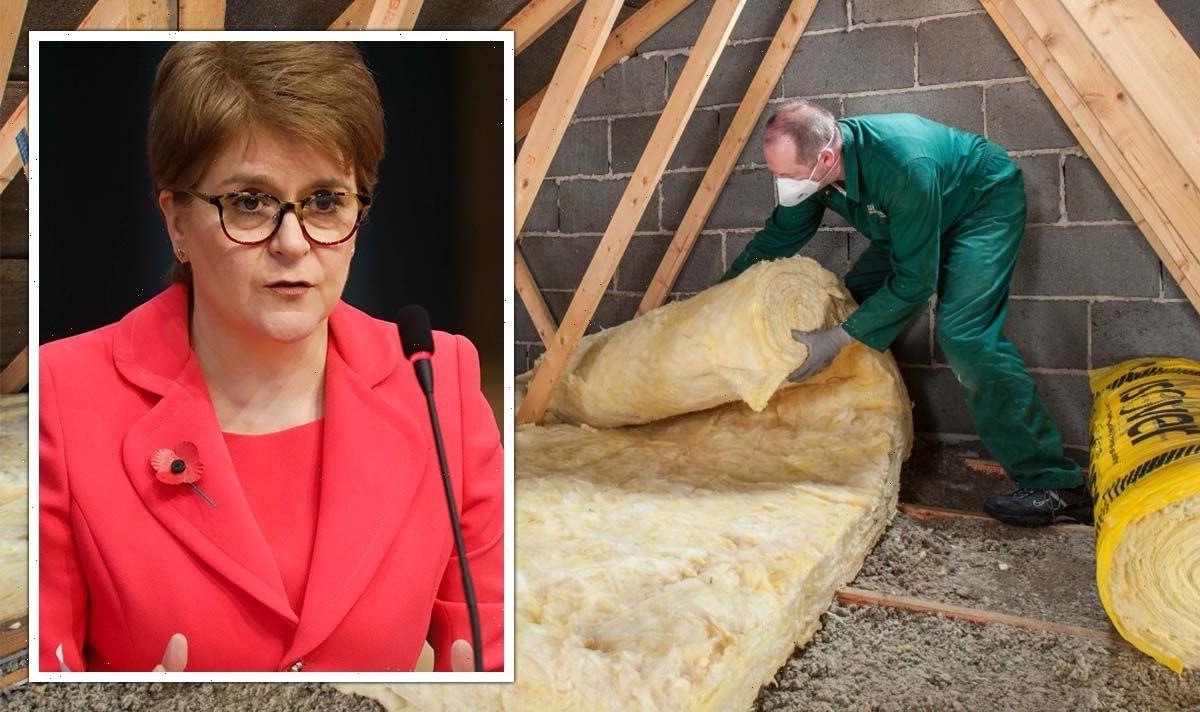The exhibition endearingly titled “The Dirty South” was one of the most talked-about, and lauded, art offerings of 2021. Debuting at the Virginia Museum of Fine Arts, the show made a bold stand on behalf of a region of the country long overlooked for its contributions to contemporary art in the United States.
“The Dirty South” was a landmark in every way. It not only altered the expected geography of contemporary art exhibitions, it also expanded their usual in-the-moment timeframe, reaching back a century to tell the story of how visual art, music, identity politics and social reckoning came together to frame Black culture in the American South.
That wide focus is especially clear as the show hits the road, landing currently at the Museum of Contemporary Art in Denver. Museum visitors, used to encountering art made in the extreme present by emerging global names, will instead find a historical survey. Oil paintings made in the 1940s reside next to video installations created during the past decade.
They will, no doubt, also see work from artists they never heard of — and would never know — if curator Valerie Cassel Oliver had not done the research to make this show’s arguments so convincing. This is not an outing powered by superstars. Instead, it introduces us to people like Minnie Evans, who was born in 1892 and used crayons and pencil to make spiritually-centered nature drawings inspired by the landscape of the Airlie Gardens, in Wilmington, N.C., where she worked as a gatekeeper. It reacquaints us with painters like Charles Henry Alston, a crucial, and now-overlooked, Harlem Renaissance figure, whose work is represented here via a 1952 oil titled “Blues Singer.”
It is, in fact, music that ties this show together. Fans of pop know the term “Dirty South” as a hip-hop movement that came into its own in the 1990s with the breakthrough of artists such as Ludacris, Outkast and Timbaland. This wave of musicians made space for places like Memphis, Houston and Atlanta in a creative and commercial landscape that was dominated by artists on the East and West coasts of the country.
Curator Oliver expands that region-based genre beyond music. The full title of this show is “The Dirty South: Contemporary Art, Material Culture, and the Sonic Impulse” and she aims to show where the music came from and how it ties into things like painting, photography, architecture and digital works that came before, during and after that very-late 20th-century boom.
Oliver frames this lesson in three ways. The first relates to land and its influence on this art over time. This is, needless to say, a complicated notion in a place where countless enslaved people were forced to cultivate that land while also sustaining their physical and emotional selves from its bounty — and the work here illustrates that conflict.
Some is quite troubling to view, most notably Allison Janae Hamilton’s 2019 video, “Wacissa,” which greets and gurgles at visitors near the MCA entrance. For the piece, Hamilton dragged her camera above and below the surface of the Wacissa River, part of Florida’s Slave Canal where captive laborers dug muddy channels to ferry cotton cultivated by other captive laborers upstream.
The video’s visual perspective shifts uncomfortably, jarringly, as a haunting musical soundtrack plays in the background. And yet, there are qualities of both beauty and fascination in the flora and fauna and the liquidity of the river itself, an eternalness of flow that layers waves of resiliency over the video’s tides of trauma.
The exhibition’s second section explores the connection between creativity and spirituality, defined broadly to encompass belief systems secular and sacred. Church, as we are reminded here, is inescapable from culture.
Those links are lively and loud, and also disquieting, as embodied by Nadine Robinson’s 2008 “Coronation Theme: Organon,” which is a tower of audio speakers shaped into a sculpture that resembles the facade of Atlanta’s Ebenezer Baptist Church, where Martin Luther King Jr. was a pastor. The speakers blare a sonic clash as a coronation theme by George Frederic Handel gives way to documentary-style sounds recorded during civil rights protests where demonstrators were attacked with dogs and firehoses.
Church also inspired more earthy things like blues music, as Rodney McMillian’s 2012 installation “Asterisks in Dockery (Blues for Smoke)” points out. The piece is a life-size recreation of a chapel on the Dockery Farm in Mississippi, a cotton plantation often referred to as the birthplace of the blues. Museum visitors can wander inside, settle into a pew and contemplate things both religious and material, as well as the spaces that exist in between.
The last part of the show looks at corporality, or the influence of the Black body on Black art, and the emotional range of the work is wide. On one hand, there are Sheila Pree Bright’s portraits of Black men showing off front teeth decorated with jewels and precious metals. On the other is Bethany Collins’ series of embossed prints that recreates advertisements, placed in newspapers post-emancipation, that show freed people desperate to locate relatives who were separated from them during enslavement.
That quality of light and dark permeates all of “The Dirty South” and the tale it weaves around the creation of Black culture over the many years it traces. The show cannot possibly escape the dominant feature of that narrative, the enslavement of human beings and the legacy of discrimination and abuse that followed, and continues through today.
Still, there is something rich and gratifying about this exhibition. I don’t want to say it is hopeful because that is too tidy; the show dashes as much hope as it raises. We see history repeating itself, in different forms, over the ages. But it is not all academic, either.
That is probably because it documents how creative expression survives, even flourishes, no matter what current events are taking place around it. If there is optimism in these rooms — and I think there is — it doesn’t come from revisiting that survival and flourishing of humans; it comes from witnessing the resilience of art itself.
And not just any art, but art of a certain place, born from specific circumstances, that is unique from art in all other places.
If you go
“The Dirty South: Contemporary Art, Material Culture, and the Sonic Impulse”: continues through Feb. 5 at the MCA, 1485 Delgany St. Info: 303-298-7554 or mcadenver.org.
Subscribe to our weekly newsletter, In The Know, to get entertainment news sent straight to your inbox.
Source: Read Full Article





